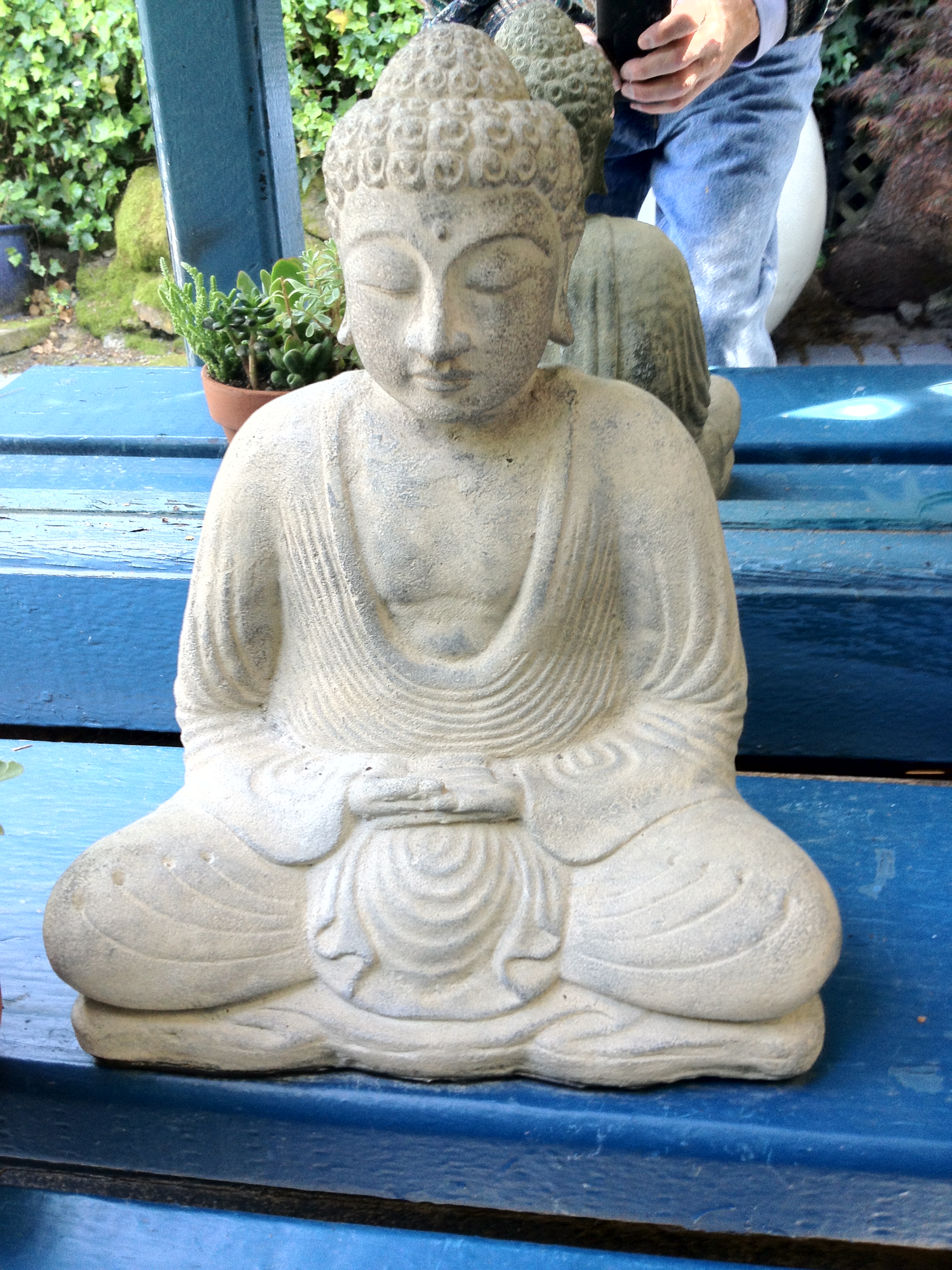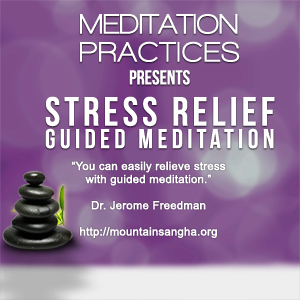You might think that all of the paramitas that we have studied so far lead to this one, the perfection of wisdom. While we have studied them in the order of generosity, ethics, patience, diligence, concentration, and now, wisdom, it is true that the can be studied and practiced in any order. Not only that, also becoming fully immersed in one of them as a practice is equivalent to being immersed in them all.
|
Why Wisdom? | January 4, 2015
Perfection of Wisdom continuously generates, offers, dedicates, and contributes the immeasurable meritorious energy of selfless thought and action. Why? To bring about the awakening of all lives into the bliss of Buddhahood. – The Buddha, “Mother of the Buddhas“ |
 What do we mean when we talk about the perfection of wisdom? What wisdom are we talking about?
What do we mean when we talk about the perfection of wisdom? What wisdom are we talking about?
Over the months that Meditation Practices has been online, there have been may posts with words of wisdom from teachers like Zen Master Thich Nhat Hanh, the Dalai Lama, Pema Chodron, Lama Surya Das, Joseph Goldstein, Suzuki Roshi, Ram Dass, and many, many others. While many of these postings present wisdom teachings from many traditions, the perfection of wisdom paramita refers to specific insights, all of which have been alluded to in the pages on posts on this site.
The wisdom in this paramita refers to the insights of interbeing, emptiness, impermanence, and the practice of right view.
The insight of interbeing is the insight of the interconnectedness of all things. It is the recognition that things are made up of composite elements, none of which have a separate existence.
To understand the insight of interbeing, suppose you were reading the article on a sheet of paper – maybe you are. The sheet of paper is made up of many different elements – the sunshine, the rain, the forest, the logger, the truck that carried the wood to the mill, the paper company that delivered the paper, and so forth. The piece of paper does not have a separate existence. It has to inter-be with everything else. Because the paper is made up completely of non-paper elements, it is empty of a separate self, and this is the insight of emptiness.
The insight of impermanence is that all conditioned things are subject to change. “You cannot step into the same river twice,” said Heraclitus around 500 B. C. A flower blooms, then withers away. A tree loses its leaves in the autumn.
As far as humans are concerned, we all know about the five remembrances: we age, get sick, die, we lose our loved ones and possessions, and we leave behind the results of our thoughts, words, and deeds.
Even the sun will die in about 4-6 billion years. It will become as “jolly red giant,” and swallow up Earth as if it never existed. The universe will expand so completely that galaxies cannot see each other at all.
But for now, we all need to practice right view to eliminate our stress and fear and continue to enjoy the wonders of life in the present moment. Right view is a deep understanding of the Four Noble Truths and the Eightfold Path, which lead to the end of suffering.
This is the last of the six paramits and it is the one that takes us to the other shore of great wisdom and compassion. This wisdom is as valid today as it was in the time of the Buddha. There are many practices that we can do to transform our lives and experience love, joy, wonder, and wisdom in this life, just as it is.
This series continues tomorrow with a video featuring Pema Chodron and concludes the next day with a dharma talk by Zen Master Thich Nhat Hanh.
Until then,
May you be safe from inner and outer harm.
May you have a calm, clear mind and a peaceful, loving heart.
May you be strong, healthy, and vital.
May you experience love, joy, wonder, and wisdom in this life, just as it is!
Would you like to discuss the paramitas and insights of interbeing, emptiness, and impermanence with me and other readers of Meditation Practices? If so, please comment below. If enough people reply, I’ll set up a conversation on Google+.
Note: This article was first published on October 25, 2013. The quote from the Buddha is new.













You must be logged in to post a comment.